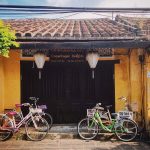Discover the best time to visit Hoi An for ideal weather, cultural festivals, and unique experiences. Our guide reveals when to plan your trip to Hoi An to make the most of your visit to this charming Vietnamese town.
List of Contents
1. Overview of Best Time to Visit Hoi An
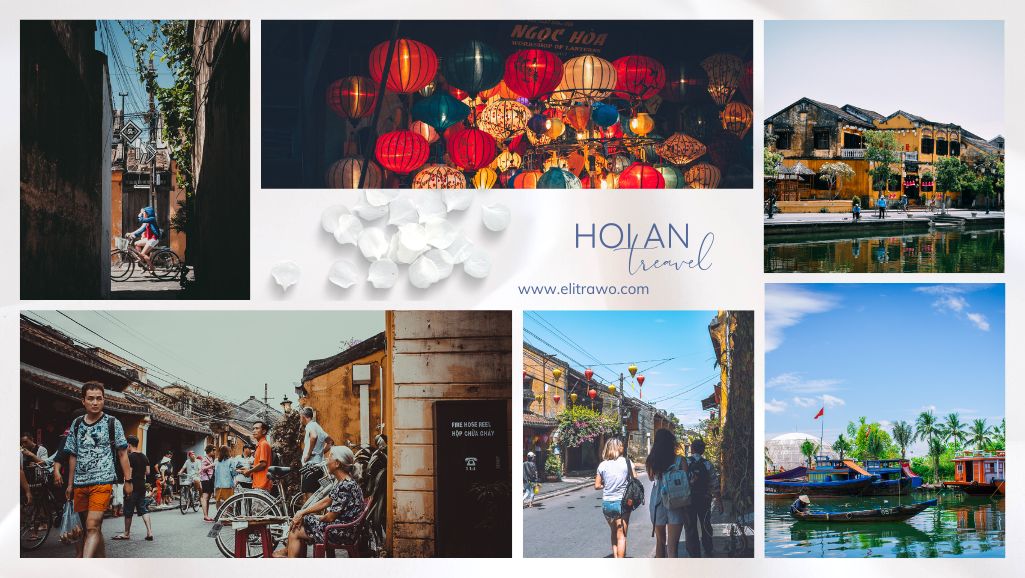
1.1. Geographical Location:
Hoi An is situated in Quang Nam province, in Southern Central Vietnam. This coastal town is renowned for its well-preserved Ancient Town, a UNESCO World Heritage Site, and its picturesque landscapes.
1.2. Climate Type:
Hoi An experiences a tropical monsoon climate, characterized by distinct seasonal variations that influence the region's weather patterns.
1.3. Seasons:
Dry Season (February to August):
The dry season is the optimal time to travel to Hoi An. Temperatures range from 25°C to 31°C. February to April is pleasant, with mild temperatures and low humidity. It's perfect for outdoor activities and sightseeing.
From May to August, temperatures rise, peaking in June and July. Despite the heat, the coastal breeze and water activities make these months appealing.
Wet Season (September to January):
The wet season brings heavy rainfall and occasional typhoons. Temperatures range from 19°C to 24°C.
While frequent rains can be a deterrent, the lush landscape and reduced tourist numbers offer a different charm. Budget-conscious travelers may find the wet season attractive due to lower prices on flights and accommodations.
2. Detailed Breakdown of Seasons
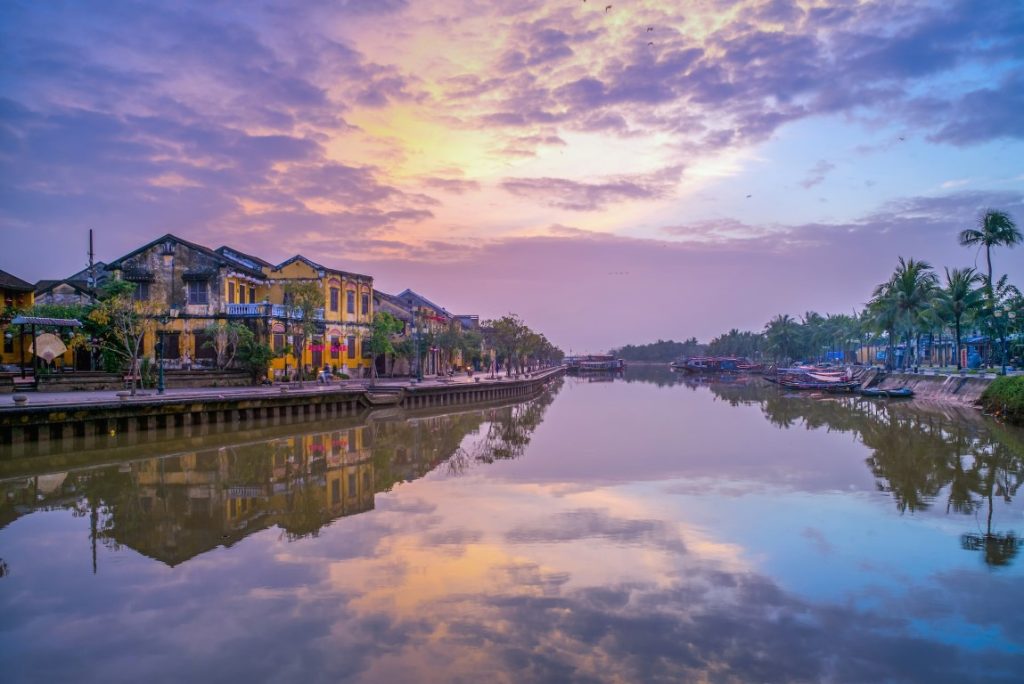
2.1. Dry Season (February – August)
February to April:
- Mild and Beautiful Weather: Early dry season offers mild temperatures and minimal rainfall. Perfect for outdoor activities and exploring Hoi An's historical heritage.
- Average Temperature: 22-25°C
- Ideal Activities: Visit historical sites like the Japanese Bridge and Hoi An Ancient Town. Pleasant weather for walking tours and cultural explorations.
May to August:
- Warmer Temperatures with More Sunshine: Temperatures rise, providing warmer days with plenty of sunshine.
- Average Temperature: 26-31°C
- Best Time for Beach Activities: Perfect for beachgoers. An Bang Beach and Cua Dai Beach are popular. Ideal for swimming, sunbathing, and water sports.
- Peak Tourism Season: Due to the favorable weather, this is also the peak tourist season. Visitors are advised to book accommodations and activities in advance to secure the best options.
2.2. Wet Season (September – January)
September to November:
- Increased Rainfall, Lush and Green Landscape: Wet season brings increased rainfall, transforming the landscape into a lush, green haven.
- Occasional Showers: Rain can be frequent but usually short, heavy showers. Carry an umbrella and waterproof gear.
- Average Temperature: 21-24°C
- Fewer Tourists, Lower Prices: Decline in tourist numbers makes it excellent for budget travelers. Lower prices on flights and accommodations.
December to January:
- Cooler Temperatures, Higher Chance of Rain: Later months are cooler with a higher likelihood of rain, but temperatures remain mild.
- Average Temperature: 19-23°C
- Suitable for Visiting Cultural and Historical Sites: Ideal for exploring indoor attractions and cultural sites like Phuc Kien Assembly Hall and Museum of Trade Ceramics. Cooler weather comfortable for walking tours and market visits.
- Not Crowded with Tourists: Reduced visitors allow for a more relaxed exploration of Hoi An's attractions.
The best time to visit Hoi An depends on personal preferences for weather and activities. Whether enjoying the warm, sunny days of the dry season or the quieter, greener landscapes of the wet season, Hoi An offers a unique experience year-round.
3. Monthly Weather Highlights
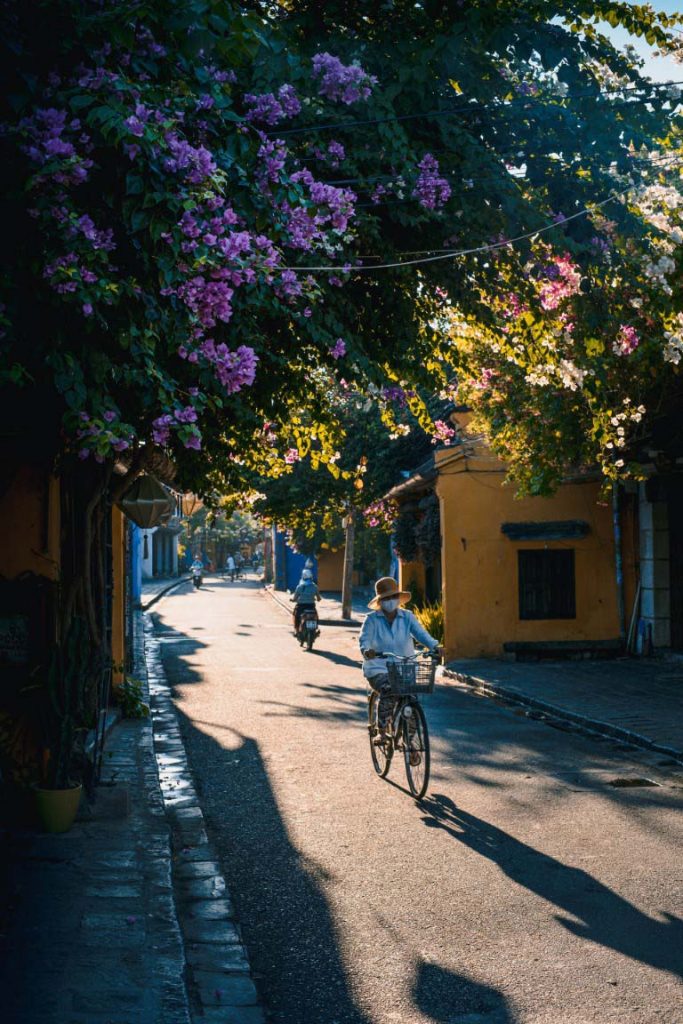
January to March:
- Cool, Dry, and Comfortable: Beginning of the year is cool and dry, ideal for outdoor activities and festivals.
- Great for Outdoor Activities and Festivals: Enjoy the famous Full Moon Festival and explore historical sites without the discomfort of heat or rain.
April to June:
- Warm with More Sunshine: Temperature rises, bringing warm days with abundant sunshine, perfect for enjoying the outdoors.
- Perfect for Beach Activities: Ideal for beach lovers, with pristine conditions for sunbathing, swimming, and water sports.
- Peak Tourism Season: Favorable weather means busiest time for tourism. Book accommodations and activities in advance.
July to September:
- Start of the Wet Season: Wet season begins, bringing increased rainfall and fewer tourists.
- Fewer Tourists: Reduced visitors make it a good time for those looking to avoid crowds.
- Suitable for Exploring Cultural Sites: Occasional showers provide a refreshing atmosphere, great for visiting cultural and historical sites.
October to December:
- Cooler and Rainy: Weather cools down, rainy season continues with frequent but short-lived downpours.
- Best for Visiting Historical Sites: Cooler temperatures and fewer tourists create a perfect environment for exploring Hoi An's rich history and cultural heritage.
4. Best Time to Visit Hoi An
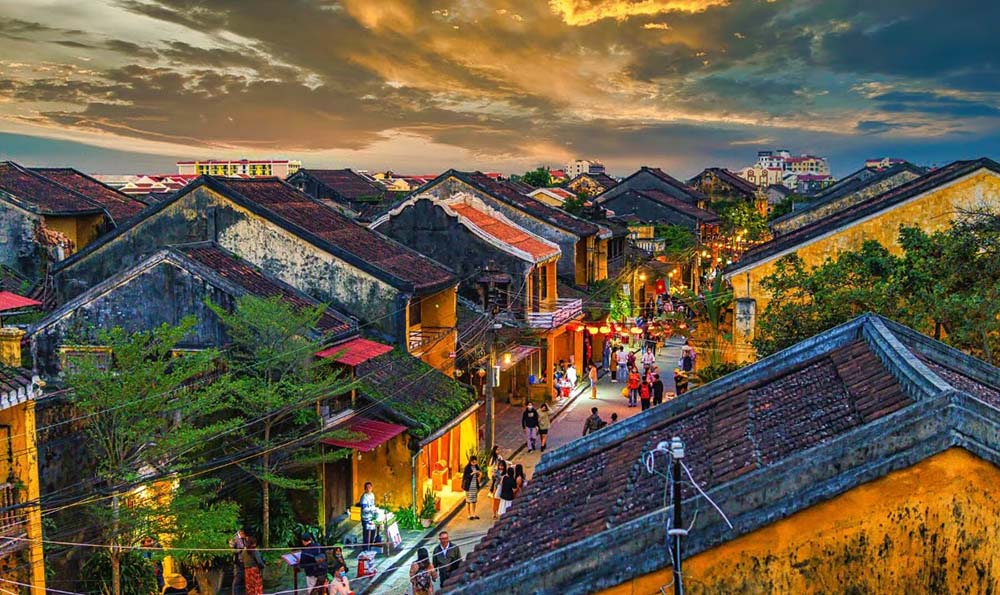
February to May:
- Mild Weather: Period offers mild and pleasant weather, comfortable for various activities.
- Fewer Crowds: Fewer tourists compared to peak season, easier to enjoy attractions without the hustle and bustle.
- Perfect for Exploring and Enjoying Festivals: Ideal time for cultural exploration and participating in local festivals.
June to August:
- Warm and Sunny: Weather is warm and sunny, perfect for those who enjoy the beach and water activities.
- Ideal for Beach Activities: Beaches like An Bang and Cua Dai are at their best, offering clear skies and warm waters.
September to November:
- Lush Landscapes: Rainfall brings out the lush green beauty of the region, making it visually stunning.
- Occasional Rain: Some rain, but often in short bursts, leaving plenty of time for exploration.
- Fewer Tourists: Fewer visitors, providing a more peaceful and budget-friendly travel experience.
The best time to visit Hoi An depends on your preferences for weather and activities. Whether you prefer the mild, festival-filled months of early spring, the sunny beach days of summer, or the lush, quieter period of the early wet season, Hoi An offers something special all year round.
5. Special Events and Festivals
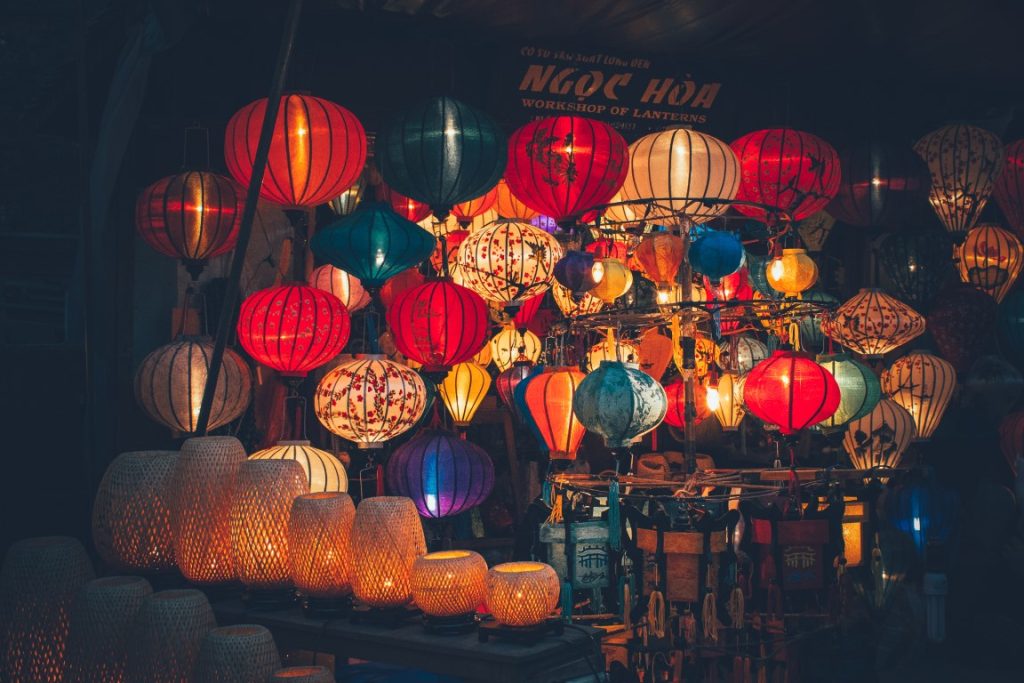
5.1. Lunar New Year (Tet):
- Timing: Late January or early February
- Description: Tet is the most significant festival in Vietnam, marking the Lunar New Year. It's a time of celebration and family gatherings, characterized by vibrant decorations, traditional foods, and various cultural activities.
- Considerations: While the festive atmosphere is enchanting, be aware that many businesses may be closed during Tet, so plan accordingly.
5.2. Full Moon Festival:
- Timing: 14th day of each lunar month
- Description: Festival transforms Hoi An into a magical wonderland with streets lit by colorful lanterns. Traditional activities include folk music performances, floating lanterns on the river, and various cultural displays.
- Experience: Full Moon Festival offers a unique glimpse into the cultural heritage of Hoi An, providing a memorable experience for visitors.
6. Travel Tips for Each Season
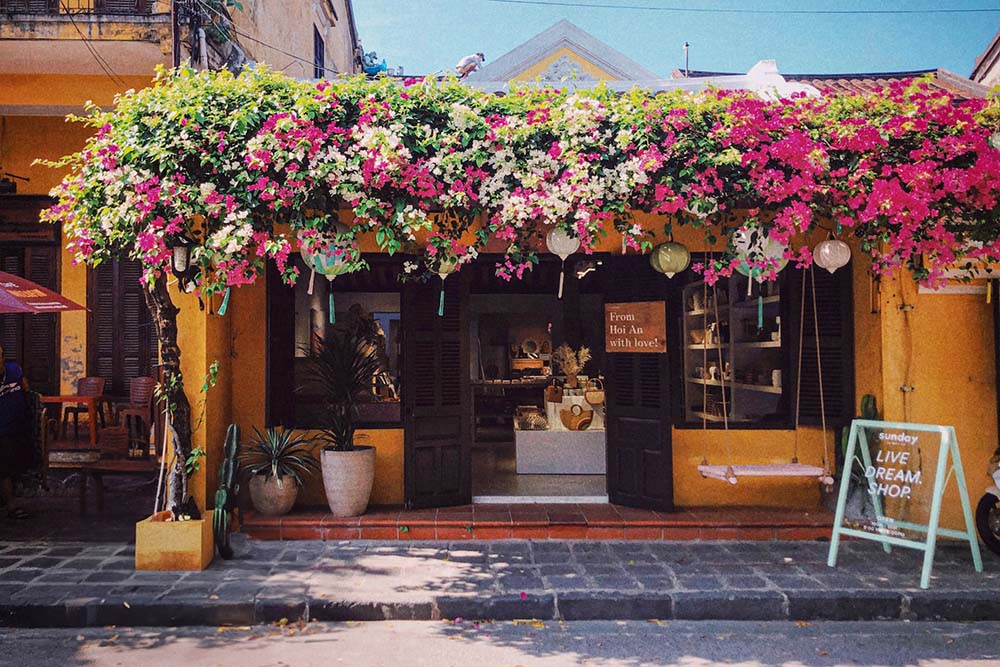
6.1. Dry Season:
Packing Essentials:
- Light, Protective Clothing: Wear breathable fabrics to stay cool and protect your skin from the sun. Hats and sunglasses are essential to shield yourself from intense sunlight.
- Umbrellas and Sunscreen: Carry an umbrella for occasional shade and use sunscreen to prevent sunburn. Moisturizer will help keep your skin hydrated in the dry weather.
Planning Ahead:
- Advance Bookings: Dry season coincides with peak tourist season, so book accommodation and flights well in advance to secure the best deals and availability.
6.2. Wet Season:
Packing Essentials:
- Rain Gear: An umbrella, raincoat, and waterproof shoes are crucial for staying dry. Use waterproof bags to protect electronics and important documents.
- Medicines: Bring necessary medicines to handle common ailments related to rainy weather, such as colds or allergies.
Safety and Comfort:
- Avoid High Heels: Slippery roads can be hazardous, so opt for comfortable and secure footwear.
- Weather Monitoring: Regularly check weather forecasts to plan activities and avoid unexpected downpours.
By following these travel tips and understanding the seasonal variations, you can maximize your enjoyment and make the most of your visit to Hoi An. Each season and festival offers its own unique charm, making Hoi An a year-round destination.
7. Accommodation Recommendations
Hoi An offers a diverse range of accommodation options, from luxurious hotels to budget-friendly homestays, catering to all types of travelers. Here's a curated list based on the best options available:
Variety of Hotels, Resorts, and Homestays:
7.1. Luxury Hotels in Hoi An:
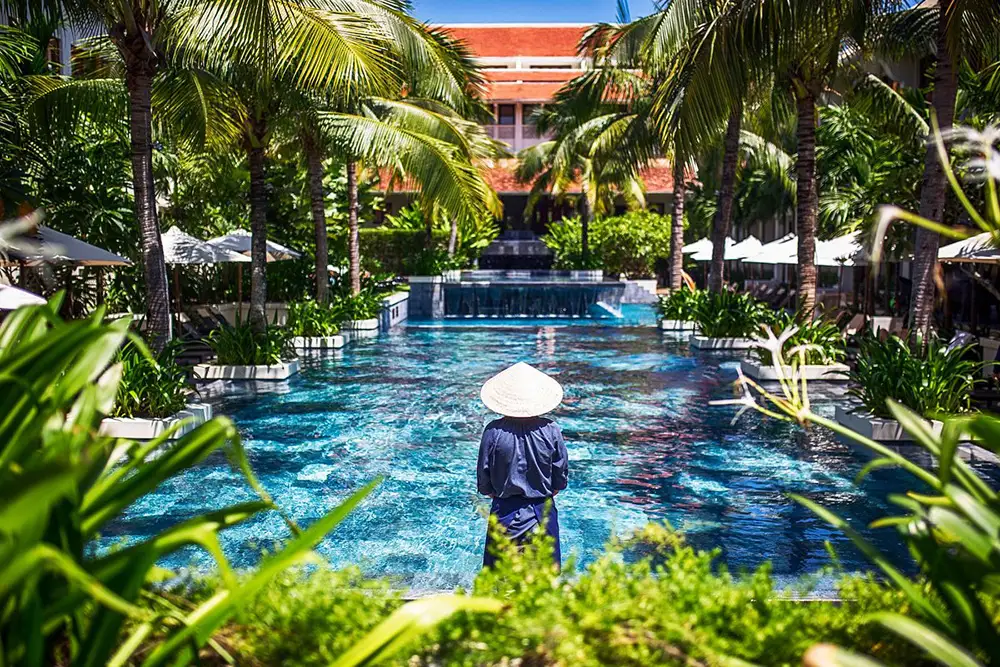
- Four Seasons Resort The Nam Hai: A tranquil escape on Vietnam's central coast, offering luxurious villas, a pristine private beach, and world-class amenities.
- Hotel Royal Hoi An – MGallery: Blends historic charm with modern luxury, featuring elegant rooms and stunning river views.
- Anantara Hoi An Resort: Located on the banks of the Thu Bon River, this resort offers a serene atmosphere with luxurious accommodations and top-notch facilities.
Top 5 Luxury Hotels In Hoi An: Opulence Experience For Tourists
Luxury Hotels In Hoi An compiles the top 5 resorts in Hoi An. Elitrawo will present the pros and cons based on reviews of tourists who have experienced these places.
7.2. Best Hotels in Hoi An:

- Hoi An Odyssey Hotel: Known for its exceptional hospitality, luxurious rooms, and prime location near the Japanese Covered Bridge.
- Allegro Hoi An . A Little Luxury Hotel & Spa: Offers spacious rooms, excellent dining options, and outstanding spa facilities.
- De An Hotel: A boutique hotel offering spacious and comfortable rooms, a serene pool area, and complimentary bicycle rentals.
The best hotels in Hoi An compiles a list of 4-star hotels near Hoi An that are popular with tourists. This location makes traveling and exploring Hoi An much easier.
7.3. Cheap Hotels in Hoi An:
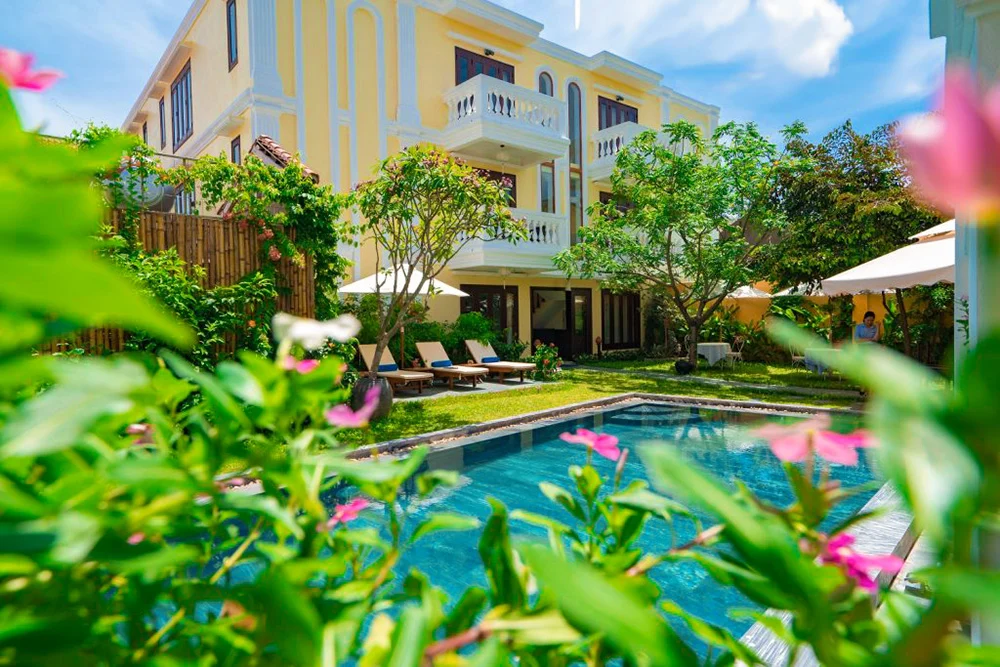
- Blue Clouds Homestay: Offers clean, spacious rooms with excellent hospitality from the friendly owners, and a convenient location near Hoi An Ancient Town.
- Banana Garden Villa: Provides modern, clean rooms with two refreshing swimming pools, and is located near the river and Hoi An Old Town.
- Lavini Hoian Boutique Villa: Located amidst rice fields, this villa offers a peaceful retreat with spacious rooms, excellent breakfast, and complimentary bicycles.
Top 5 Cheap Hotels In Hoi An: Best Choice For Economical Travel
Cheap hotels in Hoi An compiles four cheap hotels of good quality, highly appreciated by many tourists. These accommodations are located 2.5 km from the old town.
8. Conclusion
Understanding Hoi An's weather patterns is crucial for planning the perfect trip to this charming town.
Whether you prefer the mild weather of the dry season or the lush landscapes of the wet season, Hoi An has something to offer all year round. The best time to visit Hoi An depends on your personal preferences for weather and activities.
If you're planning a trip to Hoi An, understanding the best time to visit is crucial for a memorable experience. But knowing when to go is just the beginning.
For a comprehensive guide on what to see and do in this charming city, check out our detailed Hoi An Travel Guide. From exploring ancient temples to savoring local cuisine, our guide covers everything you need to make the most of your visit.
Dive into our Hoi An Travel Guide and start planning your perfect trip today.
FAQ
What is the best month to visit Hoi An?
For the best weather and outdoor activities, plan your visit to Hoi An between February and April when the days are dry, sunny, and pleasantly warm, with temperatures ranging from 20°C to 28°C.
What is the coldest month in Hoi An?
December and January are the chilliest months in Hoi An, with average temperatures around 22°C and occasional rainfall, so pack accordingly and be prepared for cooler, damper conditions if traveling during this time.
Should I spend more time in Hoi An or Da Nang?
Hoi An and Da Nang are both excellent bases for exploring central Vietnam, with Hoi An offering a more laid-back, historic atmosphere and stunning beaches, while Da Nang provides a mix of coastal beauty and urban amenities, and both cities boast fantastic seafood options.



